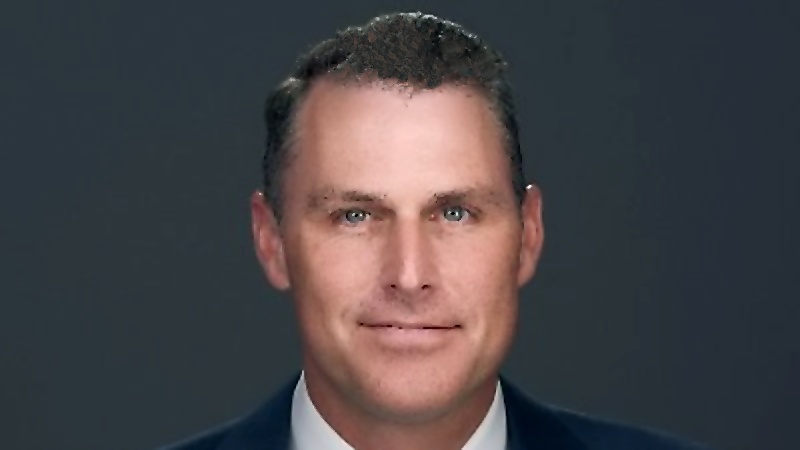Annual open enrollment for health care insurance has proven to be quite stressful for many individuals and employers.
It is during this time that individuals can make changes to existing health care insurance plans and employers can alter the type of insurance they provide, and through which companies, to maintain Affordable Care Act compliance.
For most businesses, traditional insurance is easier to stick with as they may not have known a better option may be available that protects them from having to meet the Employee Retirement Income Security Act of 1974 (ERISA) federal law, while also offering benefits of savings and healthier employees.
"Most of our clients come from traditional self-funding. They stopped this little leak that was keeping them in a 'treading water' situation," said Doug Truax, founder and CEO of Everlong High Performance Health Insurance.
According to a recent study from the U.S. Bureau of Labor Statistics, health insurance costs account for the second-largest employee-related expense next to wages.
For most states, the open enrollment period ends on Jan. 15, 2023, while others have set the date for Dec. 15, 2022, to allow for a policy change to be effective as of Jan. 1, 2023.
Many companies stick with the traditional insurance setup and company they have gone with for years. It deems to be less research, and ultimately, a headache worth of time to understand.
A percentage of those companies may be missing out on flexibility, savings and overall healthier employees by not knowing about another option that takes the flexibility of self-funded health insurance and adds a protective layer. This health insurance is a form of self-insurance called captive health insurance.
With self-insurance, there is still a substantial risk for an employer in the event of a catastrophic claim. This is where captive health insurance fills in the gap for an employer by adding the layer of stop-loss insurance as protection.
"Captives are essentially a pooled fund created by a group of employers that acts as its own insurance company," Meritain Health wrote in a blog post. "They allow the participants to spread financial risk between them, and provide an added layer of funds for protection against high-dollar and catastrophic claims that rise above the stop loss ceiling. Aside from offering small-to-midsize groups reduced financial risk to self-fund, they also provide several other advantages. They can help reduce and stabilize the fluctuation employers often see with year-over-year rate increases. They also offer more reporting and transparency when making health care decisions."
Traditional insurance passes the risk from an organization to an insurance provider that charges a premium whether a claim is made or not. Traditional insurance also puts businesses at risk for claim denial and wastes funds on insurance never used.
A business that participates in a captive health insurance program can also choose wellness and preventive health programs as part of its coverage to allow employees the opportunity to prevent future claims. This in turn helps to save an employer money in the future while promoting a healthier work environment and morale for its employees.
Captive insurance is ideal for small- to mid-size businesses with 50-500 employees, according to Everlong.
Captive insurance also allows employers to take advantage of particular tax breaks or pharmaceutical rebates and are licensed and protected by the Department of Insurance making them exempt from ERISA federal laws and ACA surcharges and tax.
While captive health insurance is not right for everyone, it may fit a business that is comfortable taking risks with high reward potential, wants to operate in an open-ended manner, has a diverse workforce with varied health care concerns, dissatisfied with traditional health insurance and plans to improve its employees' health over time.
"Here at Everlong, we’ve developed a purpose-built, high-performance health insurance captive," Truax said. "Everlong’s five-year average stop loss increase is just 3.9%. No risk of future lasers, with 100% transparency and maximum stability achieved. We achieve high performance and stability with no more than 50 members per cell."
"A health insurance captive is a wholly owned subsidiary insurer that provides risk-mitigation services for its parent company or a group of related companies. The employer, along with other similar-sized enterprises, sign up to become participants of the plan," Everlong Captive Health Insurance explained on its website.

